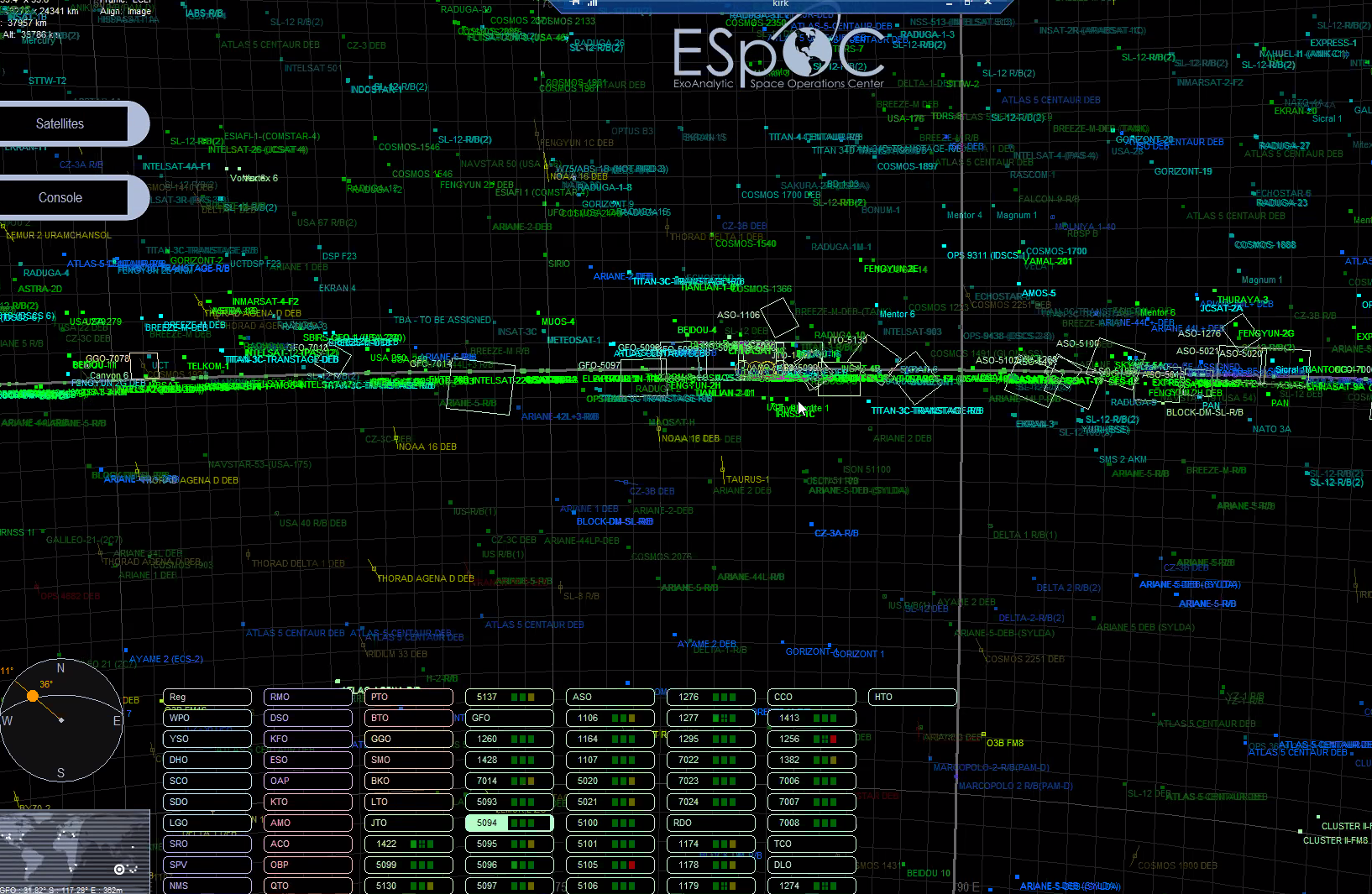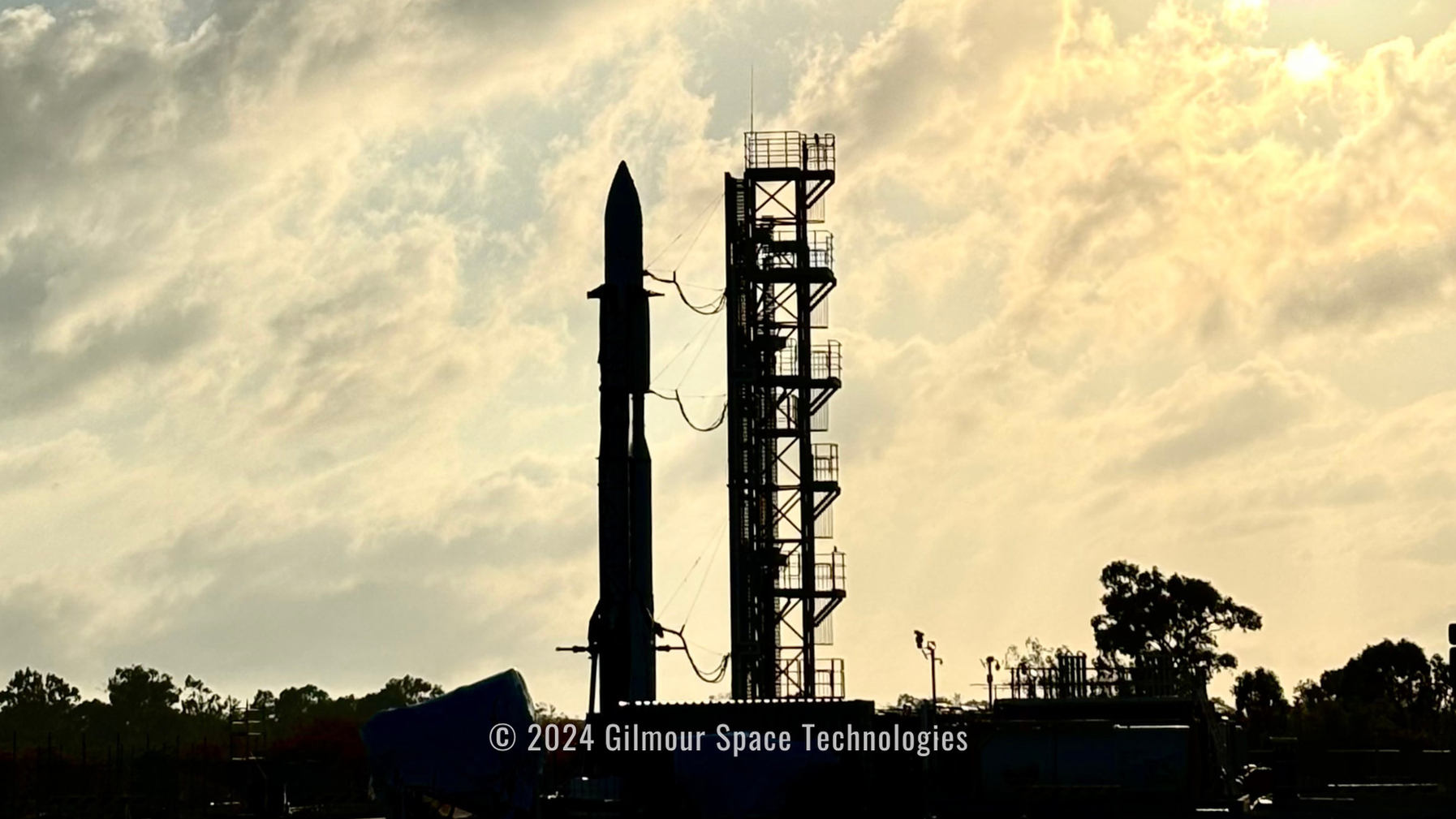Brain cancer is a severe health issue where abnormal cells grow in the brain. Traditional surgery can be risky, but scientists are exploring a new method that uses something like an “invisible scalpel” to remove brain cancer.
Glioblastoma is a fast-growing and dangerous brain cancer that spreads quickly and harms healthy brain tissue. Removing the tumor is problematic because it sends cancerous parts into the brain.
Scientists at Salk Institute found that a treatment called anti-CTLA-4 helps mice with glioblastoma live longer. This treatment works by using special immune cells called CD4+ T cells, which go into the brain and make other immune cells, called microglia, destroy the tumor. Microglia stay in the brain all the time.
The findings, published in a science journal called Immunity on August 11, 2023, show that using the body’s immune cells to fight brain cancer could be helpful. It might lead to better treatments for brain cancer in people.
Professor Susan Kaech, a senior author and director of the NOMIS Center for Immunobiology and Microbial Pathogenesis, said, “There are currently no effective treatments for glioblastoma—a diagnosis today is a death sentence. We’re extremely excited to find an immunotherapy regimen that uses the mouse’s immune cells to fight the brain cancer, leading to considerable shrinkage and, in some cases, eliminating the tumor.”
When usual cancer treatments stop working, doctors try something called immunotherapy. It helps own immune cells fight and kill cancer. It works for many types of tumors and has helped patients a lot. Dr. Kaech and her team wanted to find better treatments for brain cancer by using our immune system.
They found three things that can help fight brain cancer: anti-CTLA-4, and two particular types of immune cells, CD4+ T cells and microglia.
Anti-CTLA-4 drug blocks a protein called CTLA-4, which slows down immune cells. This drug was made to help our immune system fight cancer. There’s another drug called anti-PD-1 that has become more popular. They wanted to see if anti-CTLA-4 could work for brain cancer.
CD4+ T cells and microglia are immune cells that can fight cancer, but people don’t pay much attention to them for brain cancer. CD4+ T cells help other immune cells work better, and microglia stay in the brain and protect it. They wanted to see if these cells could help kill brain cancer cells. First, they checked if mice with brain cancer lived longer with anti-CTLA-4 or anti-PD-1. Mice with anti-CTLA-4 lived longer, so they looked into why.
After using the anti-CTLA-4 treatment, something interesting happened. CD4+ T cells, special immune cells, released a protein called interferon-gamma. It made the tumor cells show signs of stress, like a warning. At the same time, microglia, other immune cells in the brain, got a signal to start eating these stressed tumor cells.
As the microglia ate the tumor cells, they showed parts of the tumor on their surface. It made the CD4+ T cells keep working and releasing more interferon-gamma. This started a cycle: microglia kept eating and showing parts of the tumor, which marked the CD4+ T cells active. This cycle went on until the cancer was gone.
Co-first author Dan Chen, a postdoctoral researcher in Kaech’s lab, said, “Our study demonstrates the promise of anti-CTLA-4 and outlines a novel process where CD4+ T cells and other brain-resident immune cells team up to kill cancerous cells.“
They worked with another scientist, Greg Lemke, to understand how this works. He knows a lot about microglia and their messages. They found that microglia have special receptors that tell them to eat cancer cells in this cycle.
To understand the role of microglia, the scientists worked with Greg Lemke, a professor who knows a lot about microglia. He’s been studying molecules called TAM receptors that help microglia communicate. They found these TAM receptors tell microglia to eat up cancer cells in this new cycle.
One researcher, Siva Karthik Varanasi, was amazed by how microglia and CD4+ T cells work together. They’re excited about how this could change cancer treatments like glioblastoma, which are very dangerous.
This discovery brings scientists closer to understanding and treating glioblastoma. They want to see if this process happens in humans with glioblastoma and in different types of animals. They also have more researchers involved in this work and got support from organizations like the National Institutes of Health.
The goal is to find better treatments for brain cancer and make the immune system fight cancer cells.
Journal Reference:
- Dan Chen, Siva Karthik Varanasi et al., CTLA-4 blockade induces CD4+ T cell IFNγ-driven microglial phagocytosis and anti-tumor function in glioblastoma. Immunity. DOI: 10.1016/j.immuni.2023.07.015.
Note: This article have been indexed to our site. We do not claim legitimacy, ownership or copyright of any of the content above. To see the article at original source Click Here













